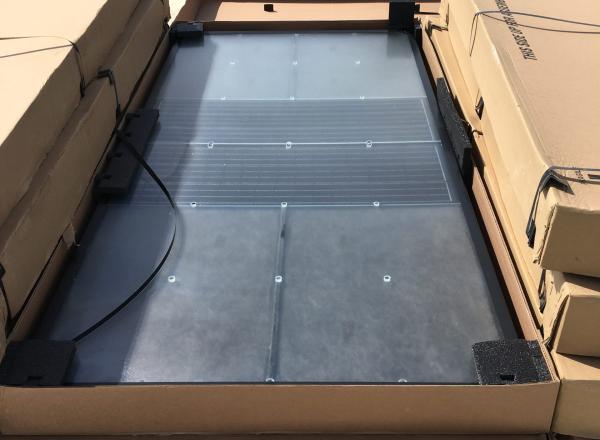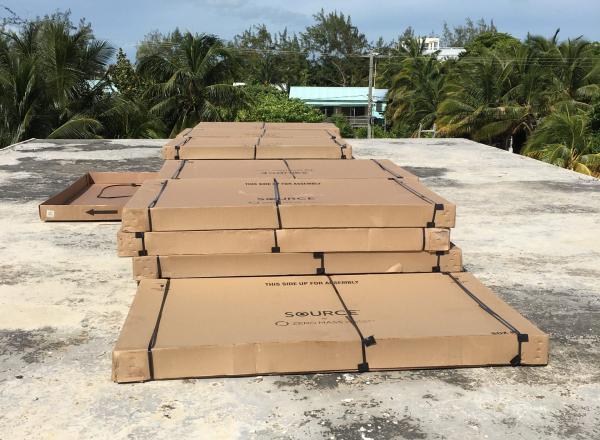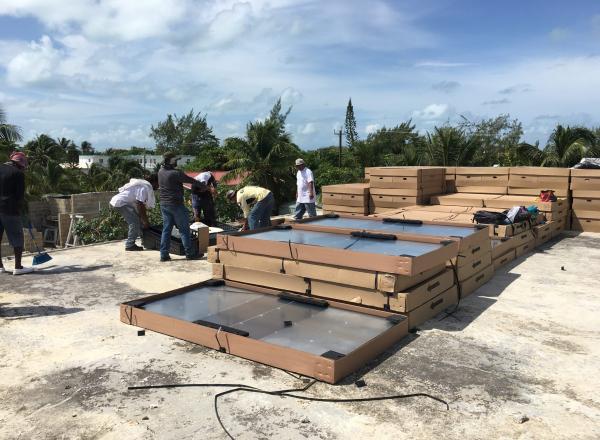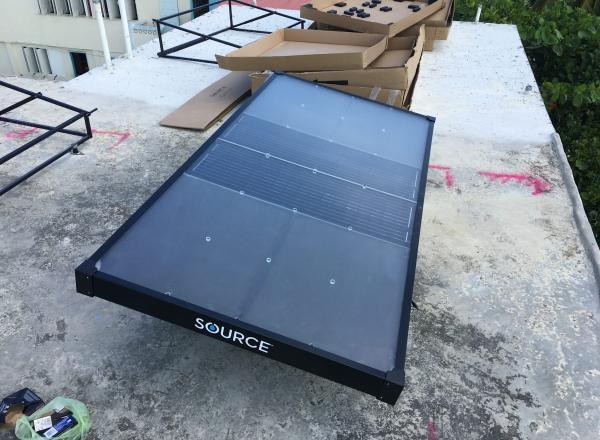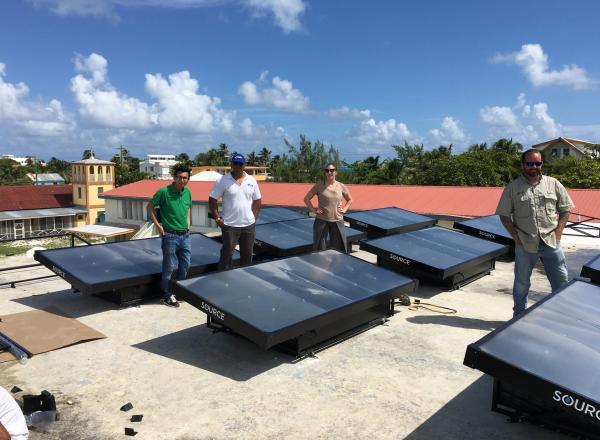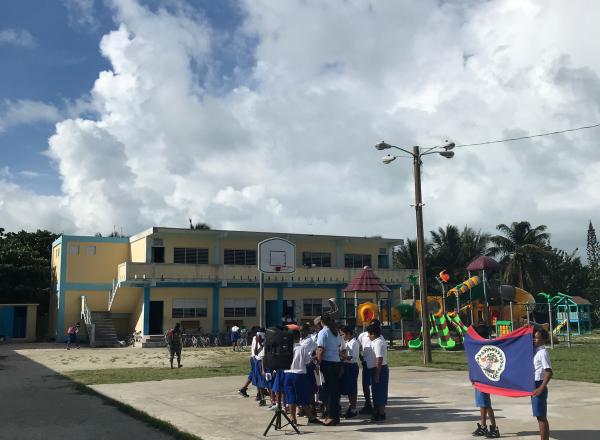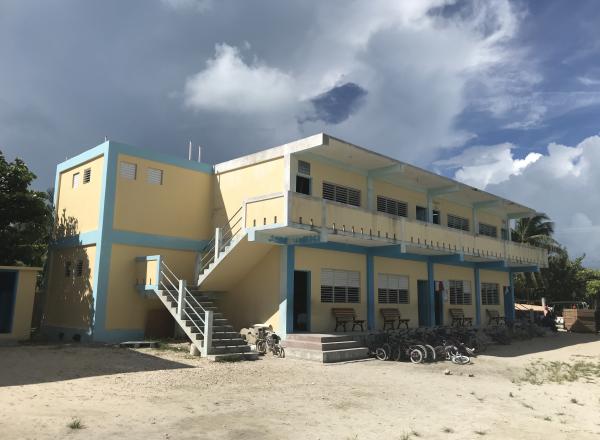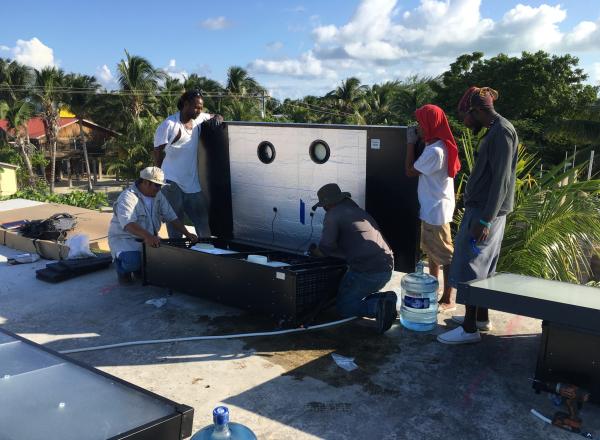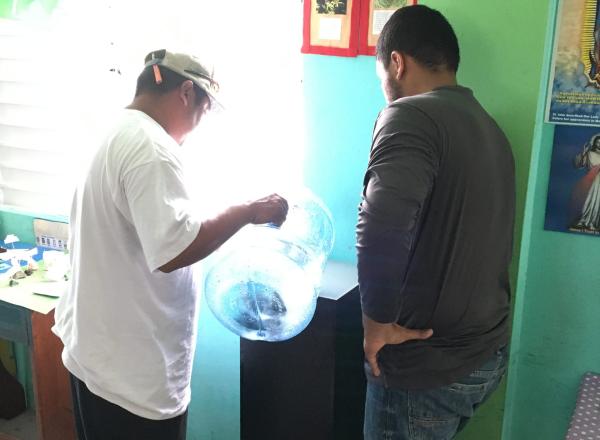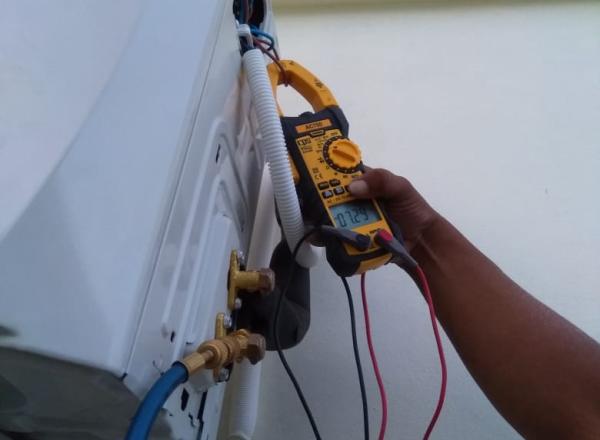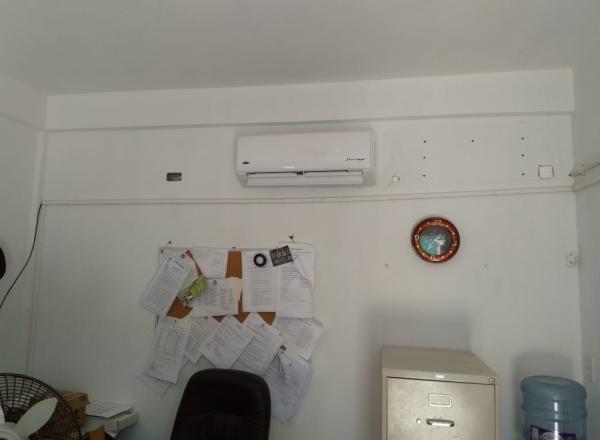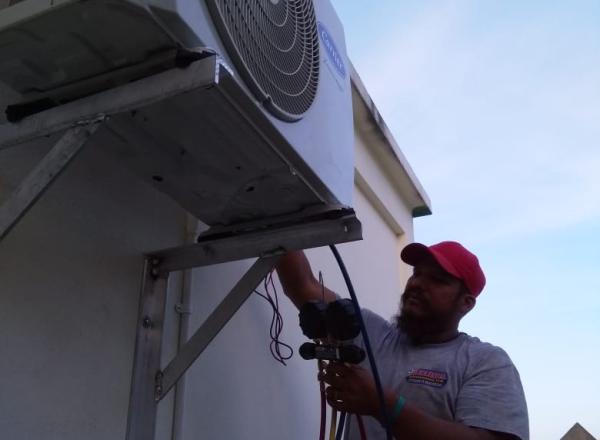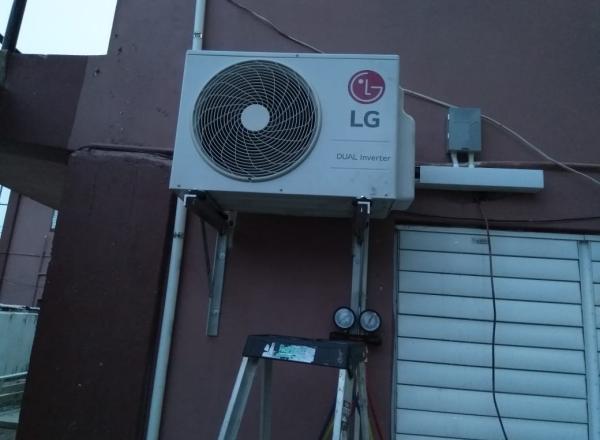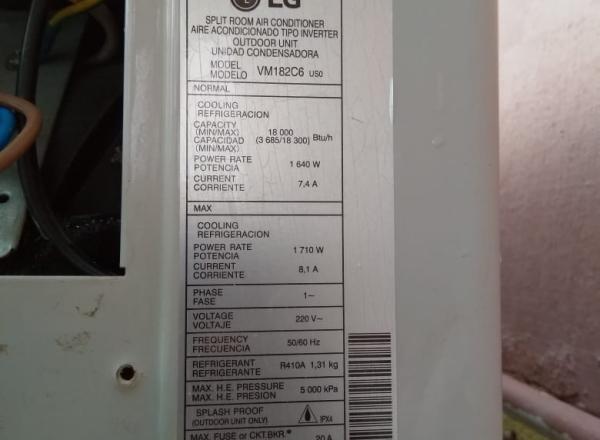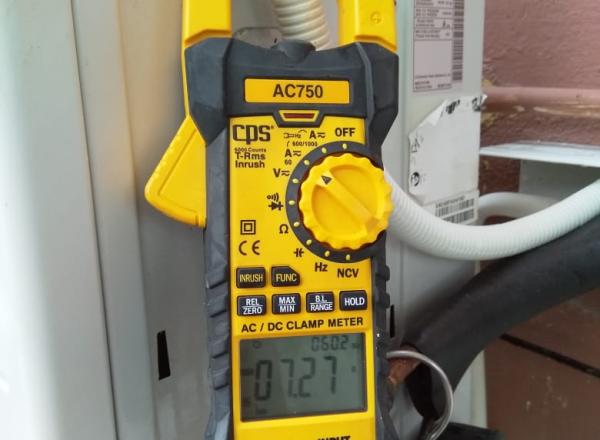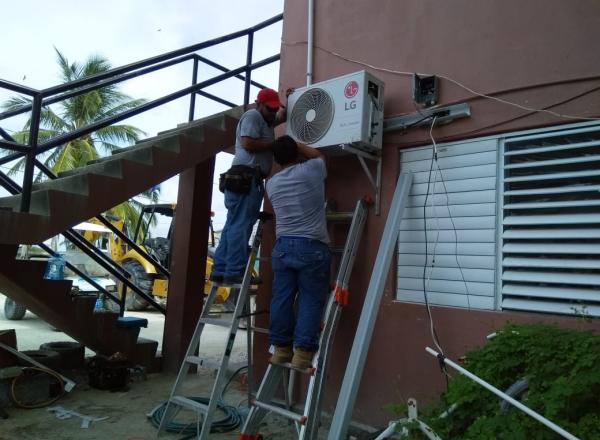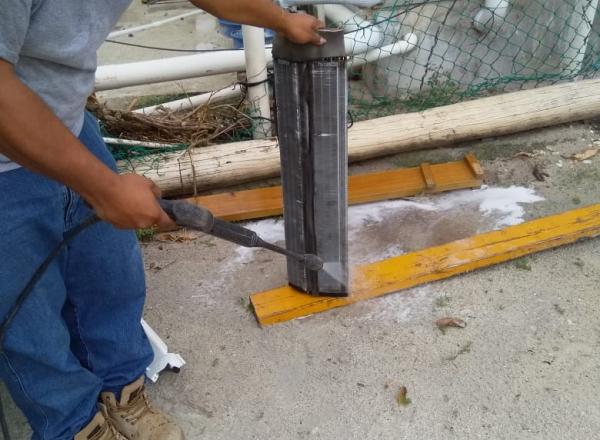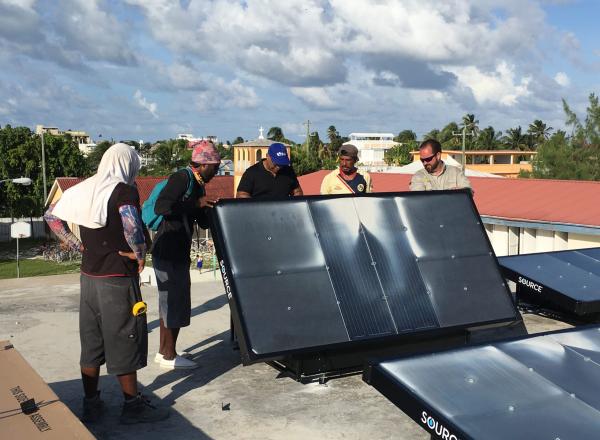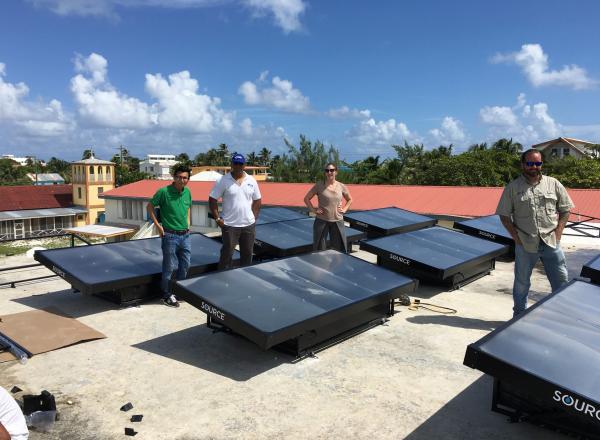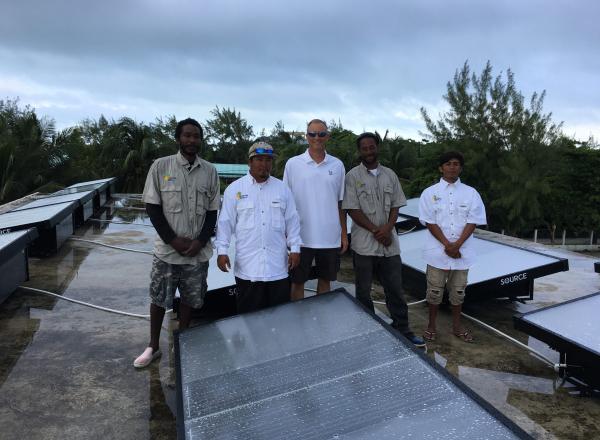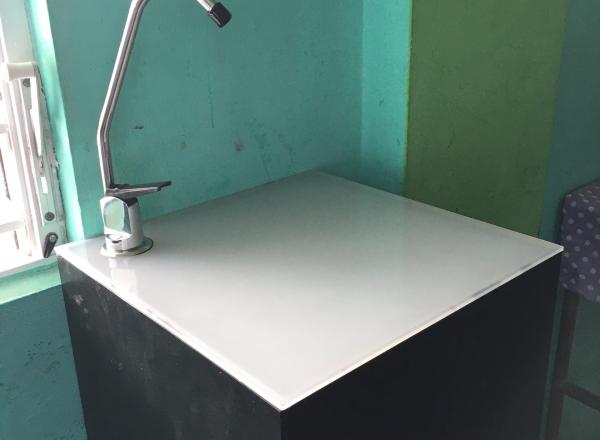Climate Smart Islands
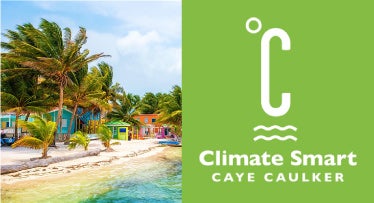
Caye Caulker
The tourist community of Caye Caulker, Belize was the first to become a Climate Smart Island through its commitment to transitioning to a low carbon and climate resilient pathway. Over the past two years, the IDB alongside specialists in climate change mitigation and adaptation have been working with local stakeholders to identify strategies in priority sectors including transport, infrastructure, energy, water, waste treatment and tourism.
The pilot projects were selected through an extensive process that included a professional cost-benefit analysis, cost-effectiveness analysis, and a multi-criteria analysis with input and feedback from key stakeholders in Caye Caulker as well as the greater island of Belize. The climate change adaptation project, led by ERM, included the installation of a water hydropanel harvesting system on the rooftop of the Caye Caulker Roman Catholic School and the Caye Caulker Community Center. The independent and off-the-grid water-producing system by Zero Mass Water is an eight-foot hydropanel that creates drinking water simply from sunlight and air – made possible by the combination of thermodynamics, materials science and controls technology. Water is then mineralized with calcium and magnesium and then dispensed from a tap system. Each panel averages 4-10 liters each day, depending on sunshine and humidity. Each hydropanel holds 30 liters in a reservoir where it is mineralized and kept clean for optimal taste and health.
The climate change mitigation project, led by EQO Global, installed ten high energy-efficiency air conditioning units within public buildings throughout the island as a means to reduce electricity consumption and thereby reduce GHG emissions. The retrofitting of air conditioning units to more efficient alternatives not only results in energy efficiency improvements for cost savings and reduction in GHG emissions, but this will also contribute to the phasing out of ozone depleting refrigerants in Belize.
If you would like to learn more and do your part while engaging customers and other residents in conversations about how Caye Caulker is climate smart – we have information and materials that will help.
Explore the links below to learn more about the program and download a number of free resources.
Caye Caulker Mitigation Component Summary
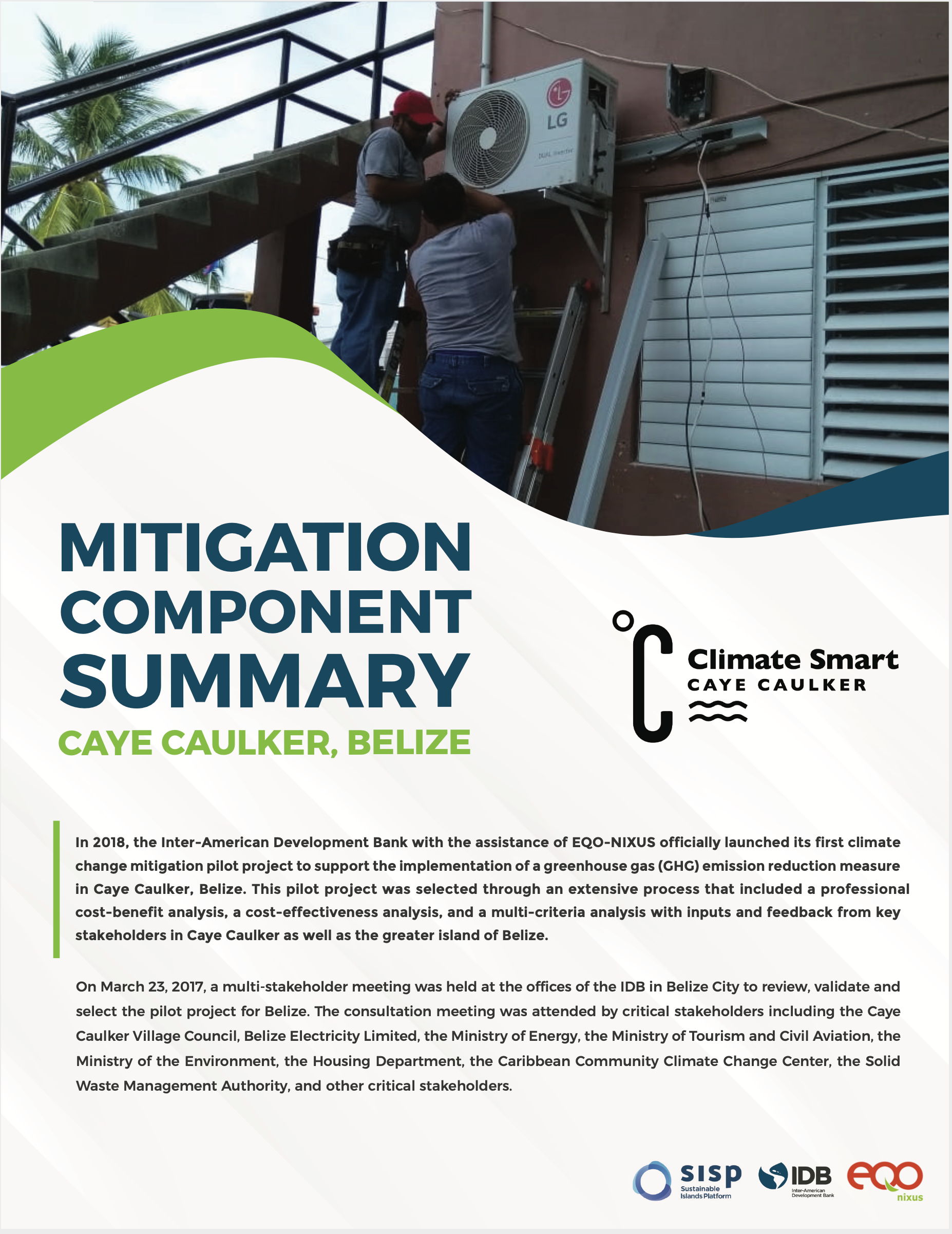
The Inter-American Development Bank with the assistance of EQO-NIXUS officially launched its first climate change mitigation pilot project to support the implementation of a greenhouse gas (GHG) emission reduction measure in Caye Caulker, Belize. This pilot project was selected through an extensive process that included a professional cost-benefit analysis, a cost-effectiveness analysis, and a multi-criteria analysis with inputs and feedback from key stakeholders in Caye Caulker as well as the greater island of Belize. Download the Mitigation Component Summary Fact Sheet to learn more about this process.
Caye Caulker Adaptation Component Summary
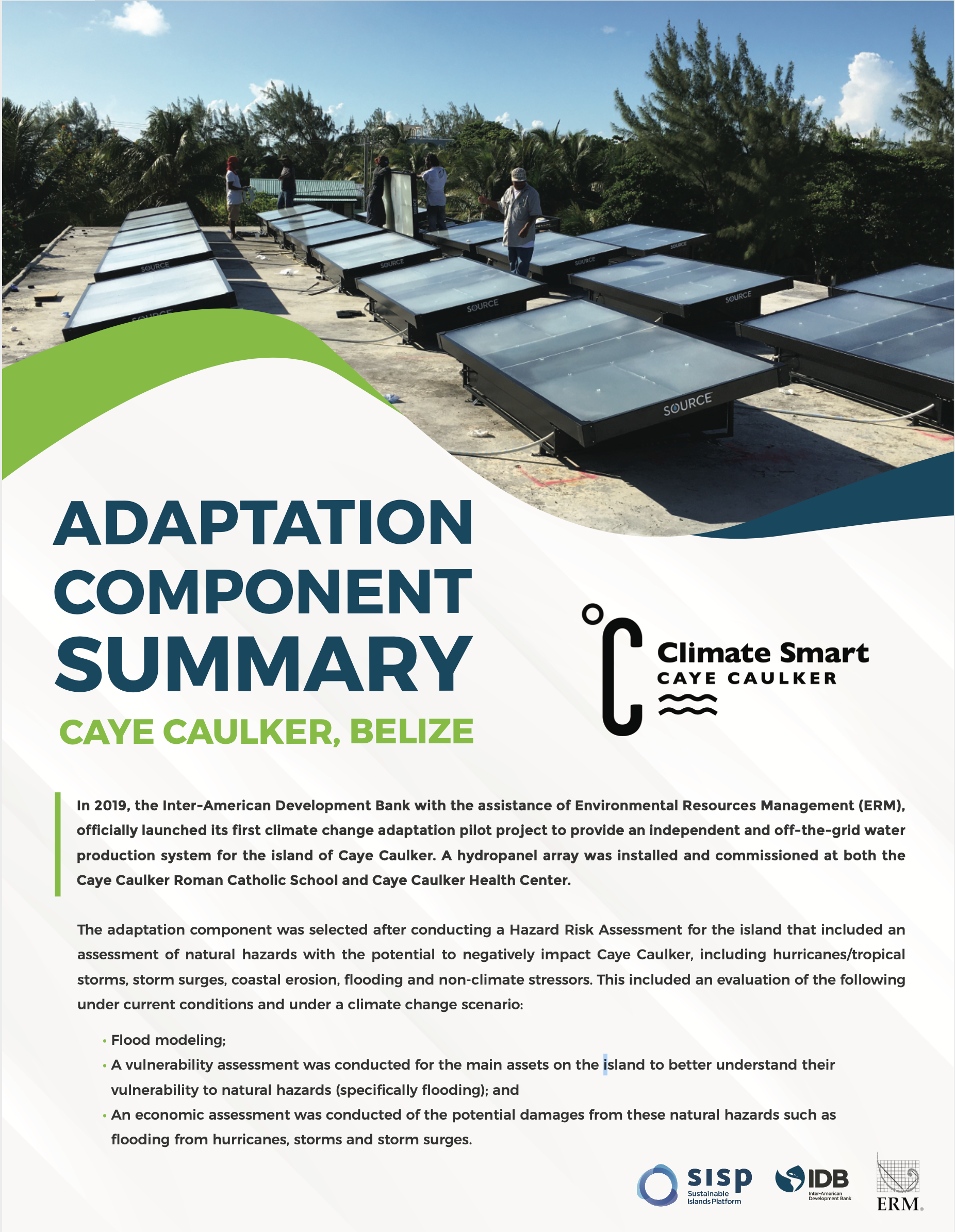
The Inter-American Development Bank with the assistance of Environmental Resources Management (ERM), officially launched its first climate change adaptation pilot project to provide an independent and off-the-grid water production system for the island of Caye Caulker. A hydropanel array was installed and commissioned at both the Caye Caulker Roman Catholic School and Caye Caulker Health Center. Download the Adaptation Component Summary Fact Sheet to learn more about this process.
Resources for Businesses
Things Your Business Can Do to Fight Climate Change
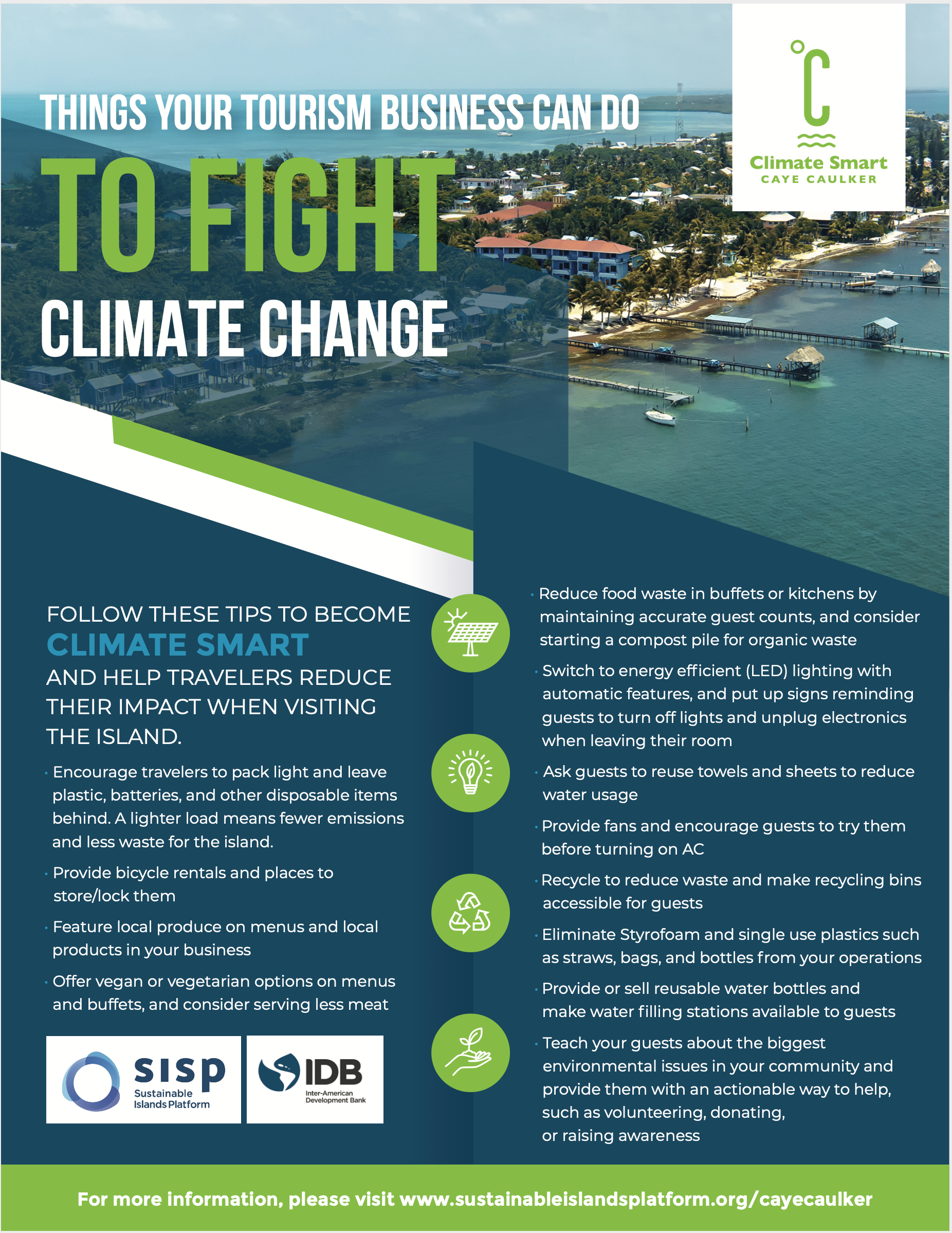
Download this fact sheet to learn practical tips for becoming climate smart and helping travelers reduce their impact when visiting Caye Caulker.
Resources for Residents
Things you can do to help fight Climate Change
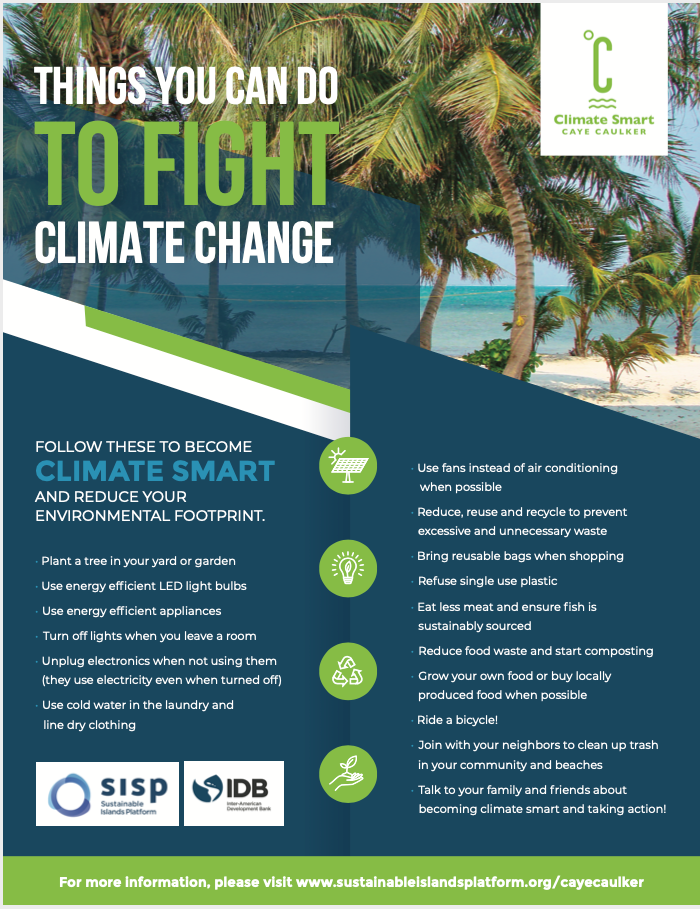
Download this fact sheet to learn practical tips for becoming climate smart and reducing your environmental imprint.
